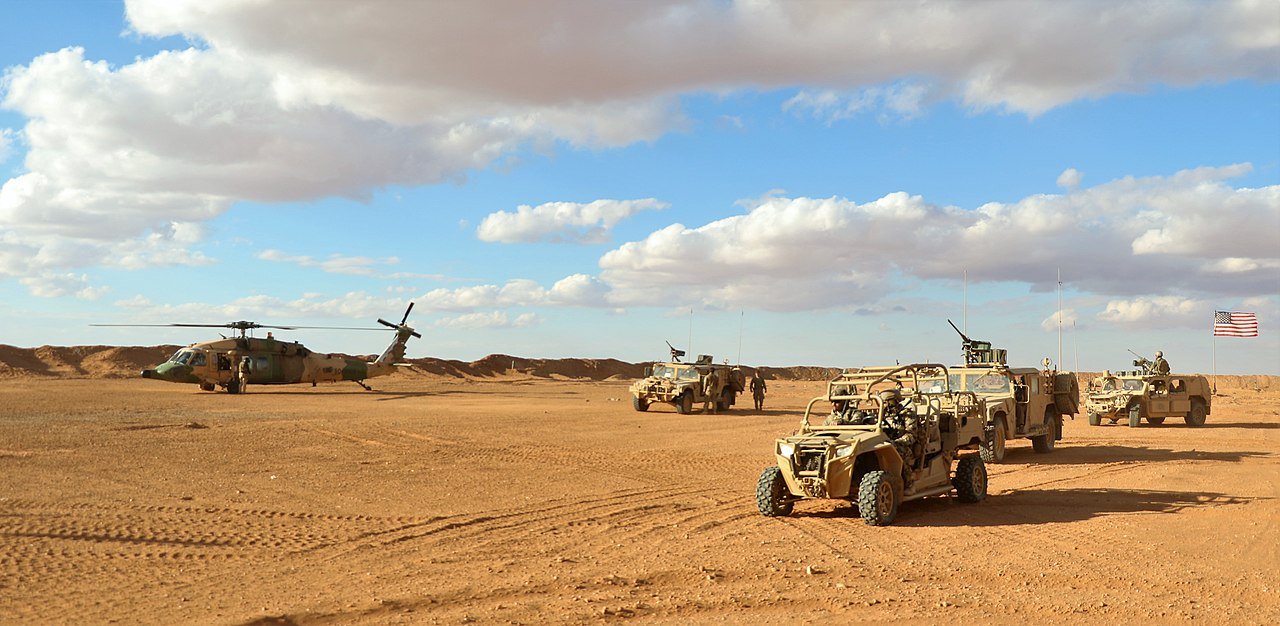Story at a glance…
-
Three bases have been established by American forces in northeast Syria this year.
-
There is no legal justification either domestically or under international law for their presence there.
-
In lieu of support from the Syrian regime for their ground forces Iran has attempted to help them resist the Kurds.
The United States military has expanded from its border outpost at al-Tanf to establish three new military facilities in Syria’s eastern oil fields.
This was reported Saturday by the Syrian Observatory for Human Rights, which attempts to track the war crimes and human rights violations of all international powers and stateless entities in Syria.
Sources that the Observatory deemed as “reliable” said that US forces created a third base in Naqarah village which is located nearly three kilometers to the southwest of Al-Qamishli city.
In total, the US has established three bases in the area, including one on the runway of Al-Qamishli Airport.
All of these areas are within the zone of control of a faction of ethnic Kurds known as the Syrian Democratic Forces (SDF) which the US supports as allies, but which Turkey views as terrorists based on the SDF’s backing of a group of Kurdish extremists in southeast Turkey.
From 2014 to 2019, legal debate as to whether the US had any grounds for stationing troops in the country at times was quite heated, but any legal or political will to challenge first Obama and then Trump’s take-and-hold policy was severely lacking, and the Congress never attempted to assert their power as the only governmental entity with the authority to declare or authorize war.
That US forces are expanding in the region even today is a testament to that fact.





